Lada - The cheap enthusiast car of eastern Europe. #BlogPost
Hello my friends! In this post I’ll take you on a trip around the Balkas. I will tell you about car manufaturing in the Soviet Union and about the most successful and mass produced cars that came out of the Soviet factories - the Zhigulies, or knowon nowadays as Lada.
So, let’s start off with the company that makes these magnificent vehicles. AutoVAZ (Volzhsky Avtomobilny Zavod or literaly Volga Automobile Factory) is responsible for making an selling the cars in the Eastern Bloc, however they didn’t design them. The original design originated from Italy. The Fiat 124, a simple, durable and cheap car that would be perfect for the people in the Soviet Union.
But the Soviets wouldn’t let the 124 to be sold in their country so easily. So the Italians and the Soviets made an agreement to produce the 124 in the Soviet Union, but by a different manufacturer - VAZ. Zhiguli was the name (later to become Lada), given to the new line of cars. The first model - the VAZ-2101 which came out in 1970 was visually the same as the Fiat 124. But on the mechanical side it was different. It had a new engine that produced nearly 60hp and reworked suspension. The car had a higher ground clearance in order to survive the tough eastern roads. It was made out of thicker steel as well, in order to withstand the harsh Russian winters. Overall the car was downgraded to be cheaper. For example - the rear disc brakes were replaced with drums.
It came in sedan or estate form (the estate was called the 2102). It quickly became really popular in the Eastern Bloc as a cheaper alternative to the Moskvich. Obtaining a car in a Soviet country was very hard. You couldn’t just walk in to a dealership an say “I want to order one of these in blue.”. You had to sign up and then you had to wait for a loonoong time. If you order your brand new BMW right now and personalize it to a high level, you’d probably wait about an year until it arrives. A Lada on the other hand… 1 year? No. 2 years? No. 3, 4, 5 years? No! You had to wait for 10-15 years. And you didn’t have any choice. If it’s red - it’s red, if it’s a sedan - it’s a sedan. There wasn’t any second hand market either because nobody would be crazy enough to sell their car that they recieved after 15 years of waiting.
The 2101 and 02 were inherited by the 2103 and 2106, which had a similar design, but now it was more boxy, the headlight and taillight design was changed and the interior was also different. There was a wide amount of engines, but that’s just a game of numbers in which I won’t go in depth because I’ll get you confused and I’ll get myself confused as well.
In the 80s the new VAZ models - the 2105, the 2107 and the 2104 (known nowadays as “Riva”) came out and they were very completely redesigned. By completely redesigned I mean the looks. New headlights, new grille, new taillights, new bumpers and so on. But the main body was still the same. So what are the differences between the models.? Very simple. The 2105 is a standart standart saloon, the 2107 is a premium version of the saloon and the 2104 is an estate. Mechanically it was still the same. Same suspension, same brakes but it did recieve some new engines. By the late 80s you could have your Lada with a single point injected engine or even a 1.7L diesel.
So here’s the big surprise. It’s most powerful engine produces 140hp. With it the car can reach 100kph in just 9 seconds and continue on to 180kph. So what was the engine. A turbocharged version of the 1.6 liter engine? A V6? A V8? Nope. In petrolhead language - Brapapapapa. Yes, the fastest Lada Riva had a wankel engine. A 1300cc 2 rotor version of the engine equipped with a 5 speed manual gearbox produced 120hp, but if that’s not enough for you, the most “hardcore” version used the same 2 rotor engine, but with a slightly larger displacement and it produced 140hp. These cars were mainly made for federal agencies and KGB, so they are quite rare these days.
It might sound and look like a very boring and uninteresting car, which it kind of is. So, why would it be an enthusiast ride after all? Well, it depends on the type of person you are. You see, some cars that are cheap around the world are very expensive in eastern Europe. For example in the United States you can get a V8 Mustang (3rd or 4th gen) for no more than 2000$. In eastern Europe the cheapest Mustangs are 4th gen V6 models and prices start at about 6000$. How much does a Lada cost? Well if you are looking for a good one that has been taken care of (which is really rare unless it’s restored) it can set you back 1000-1500$. But most of the times when you buy a Lada you are looking for fun and you are most likely to spend 400-600$ on one.
But the question is still the same. Why would it be an enthusiast car. The reason is that the Lada is the most fun you can have for as little as to no money. It has the perfect formula for fun - front engined, rear wheel drive and it even has 4 doors and 4 seats. And it only weighs just under a ton. You can almost call it a 4 door Toyota AE86 (not really LOL).
These cars are very popular even nowadays. People do all sorts of stuff with them - they restore them to original specifications, they make race cars, rally cars, show cars. They even rice them up!
The Lada is a true people’s car and a true petrolhead car. It may not be the fastest, most reliable or the best looking, but it surely holds a special place in the automotive hall of fame next to the Beetle, 2CV, Toyota Corolla and others.
I really hope that you enjoyed this post and found it educational and interesting! Thanks for reading and feel free to point out any grammar mistakes :-).


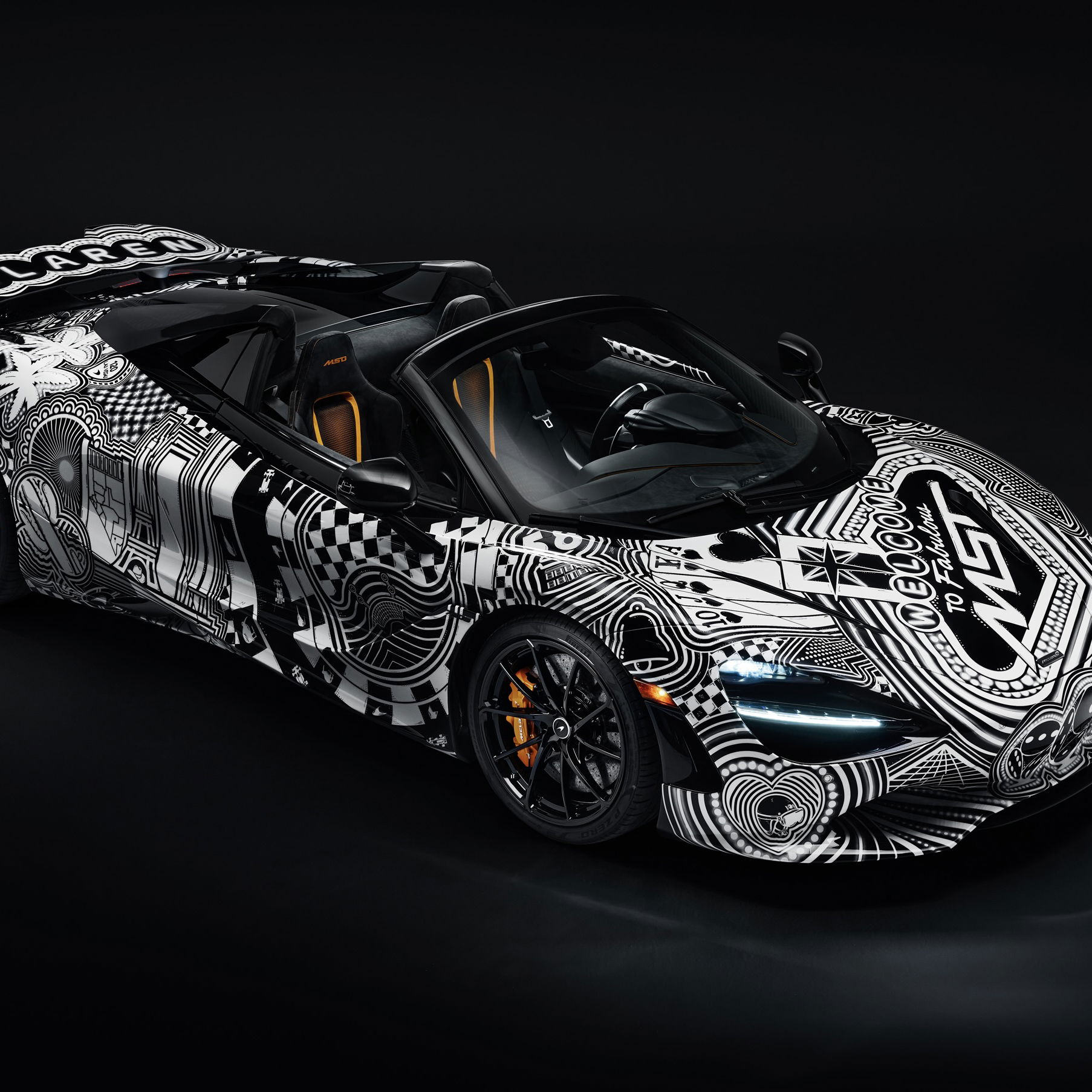
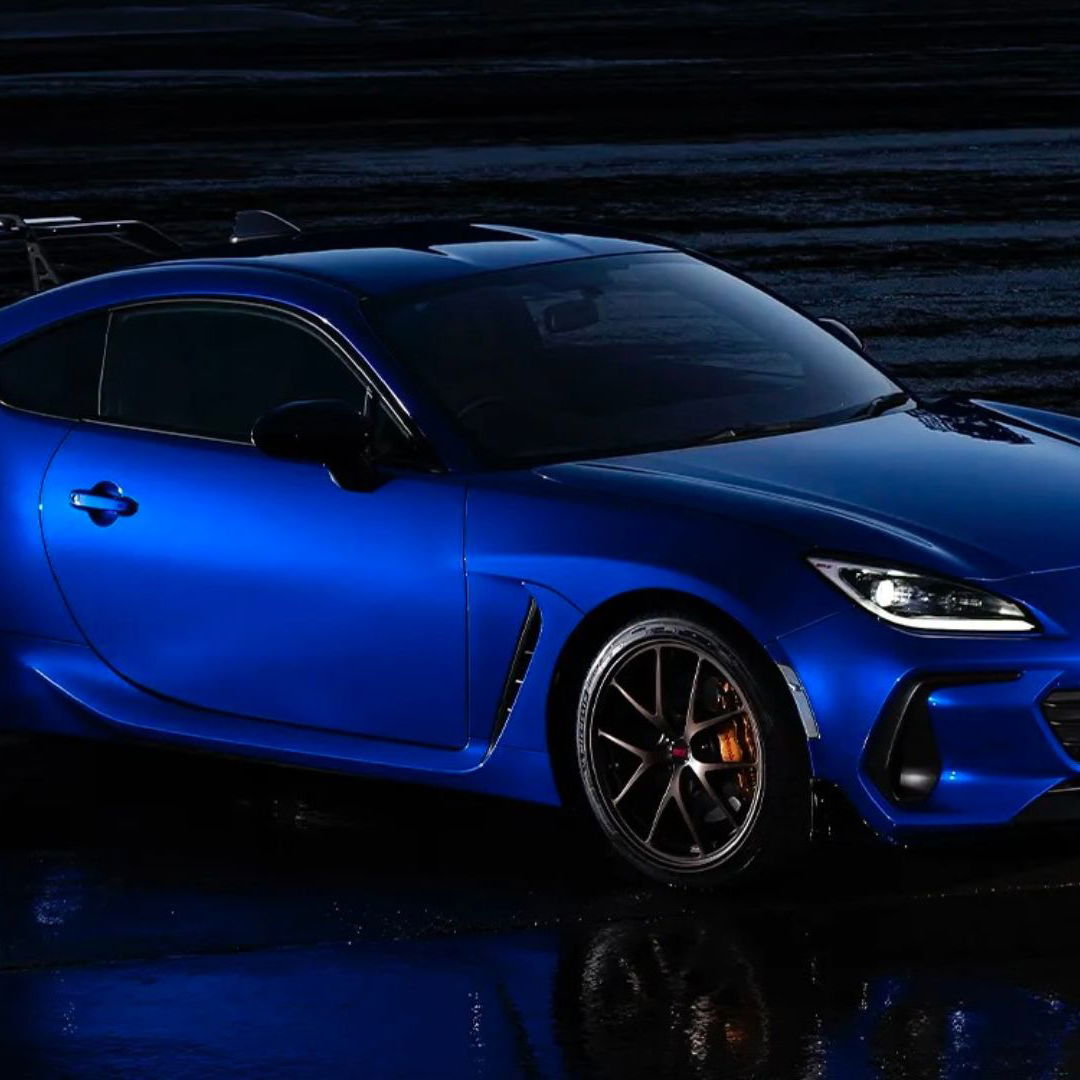
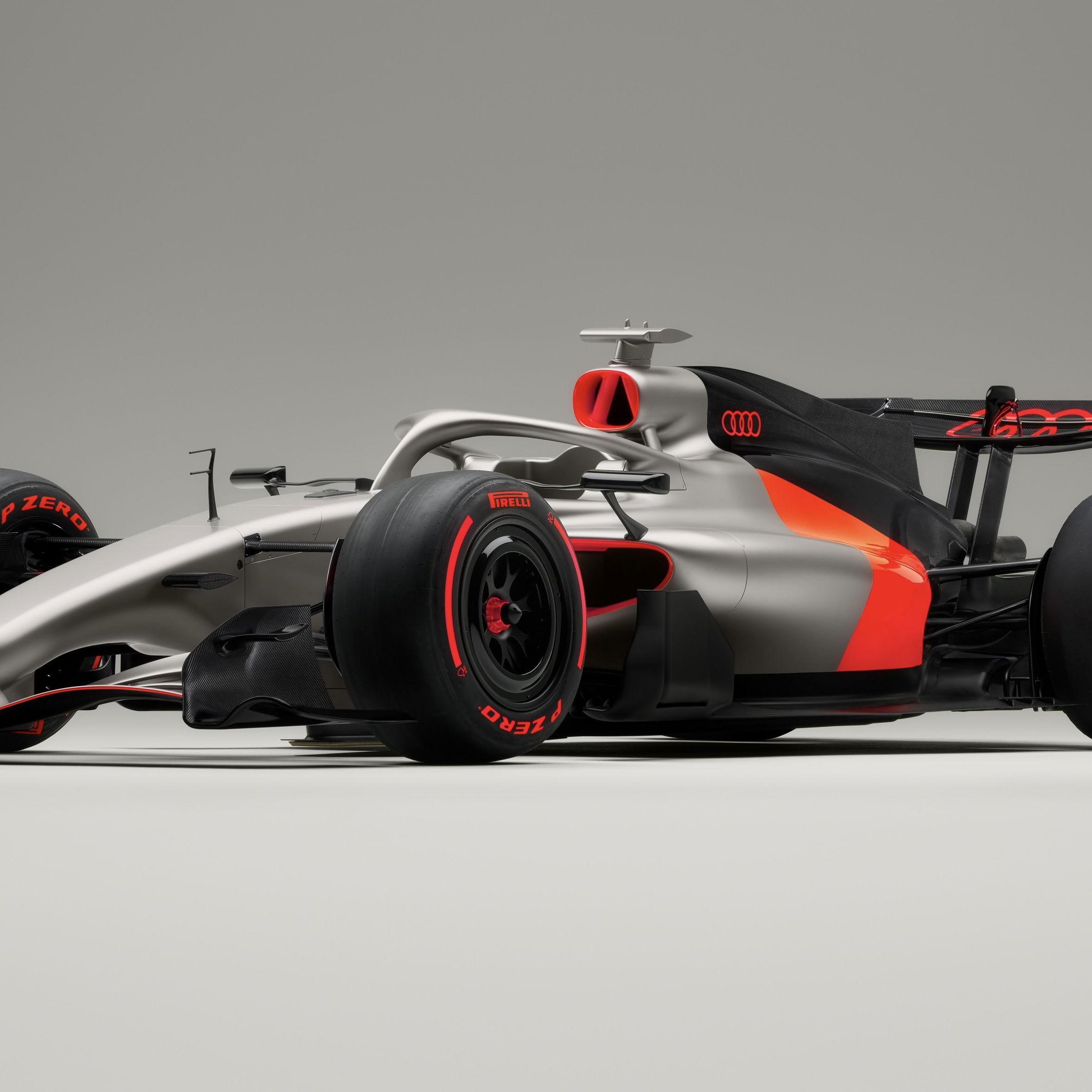

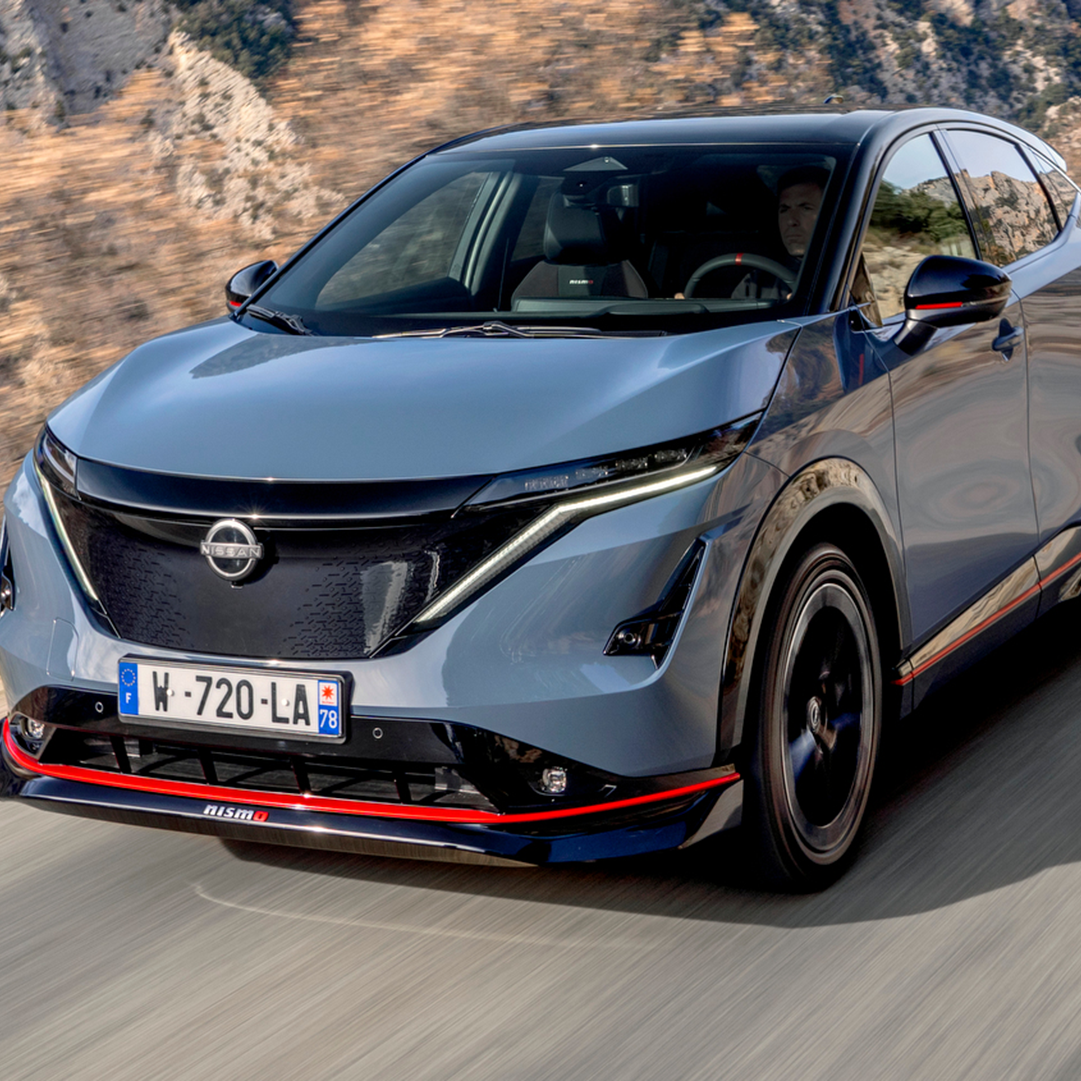
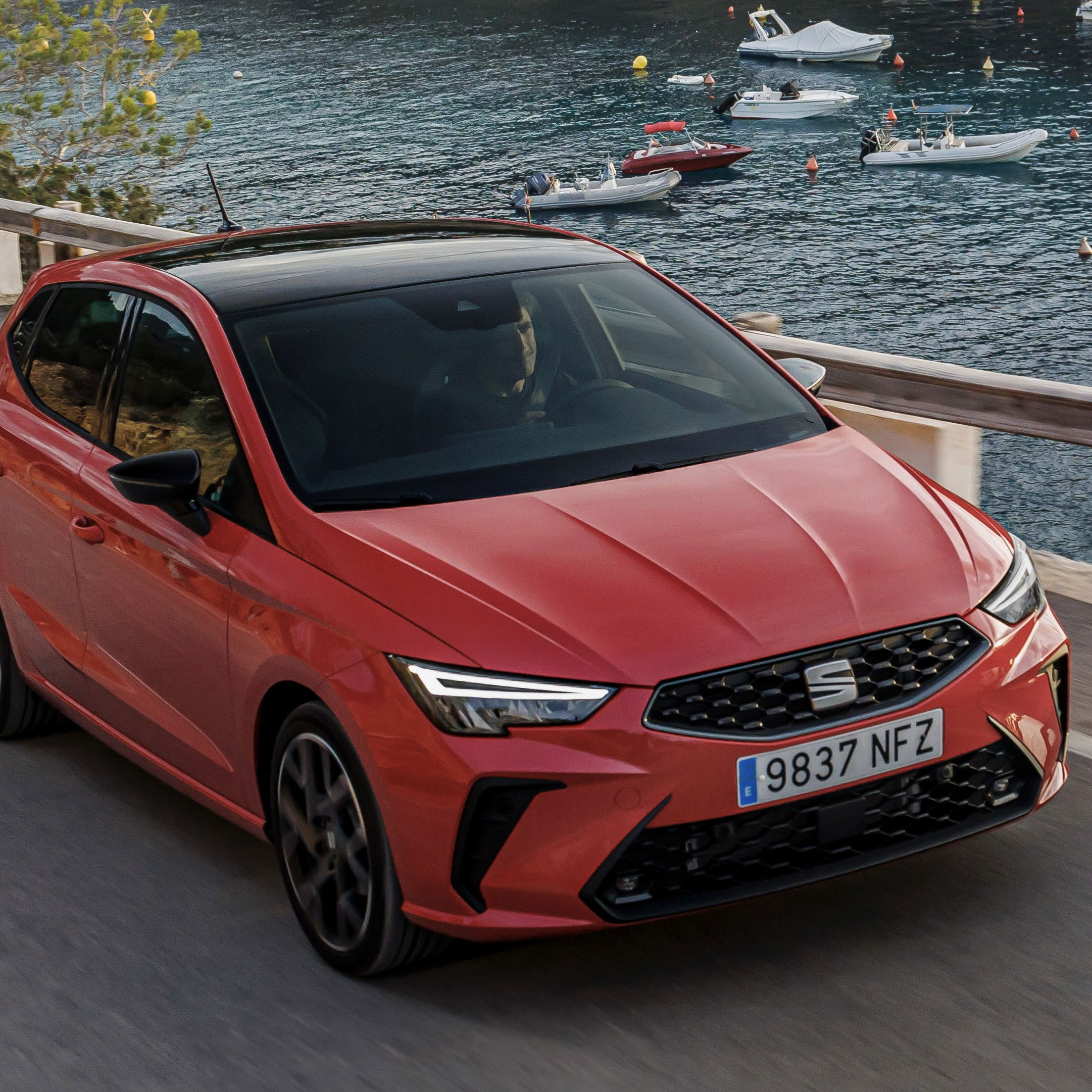

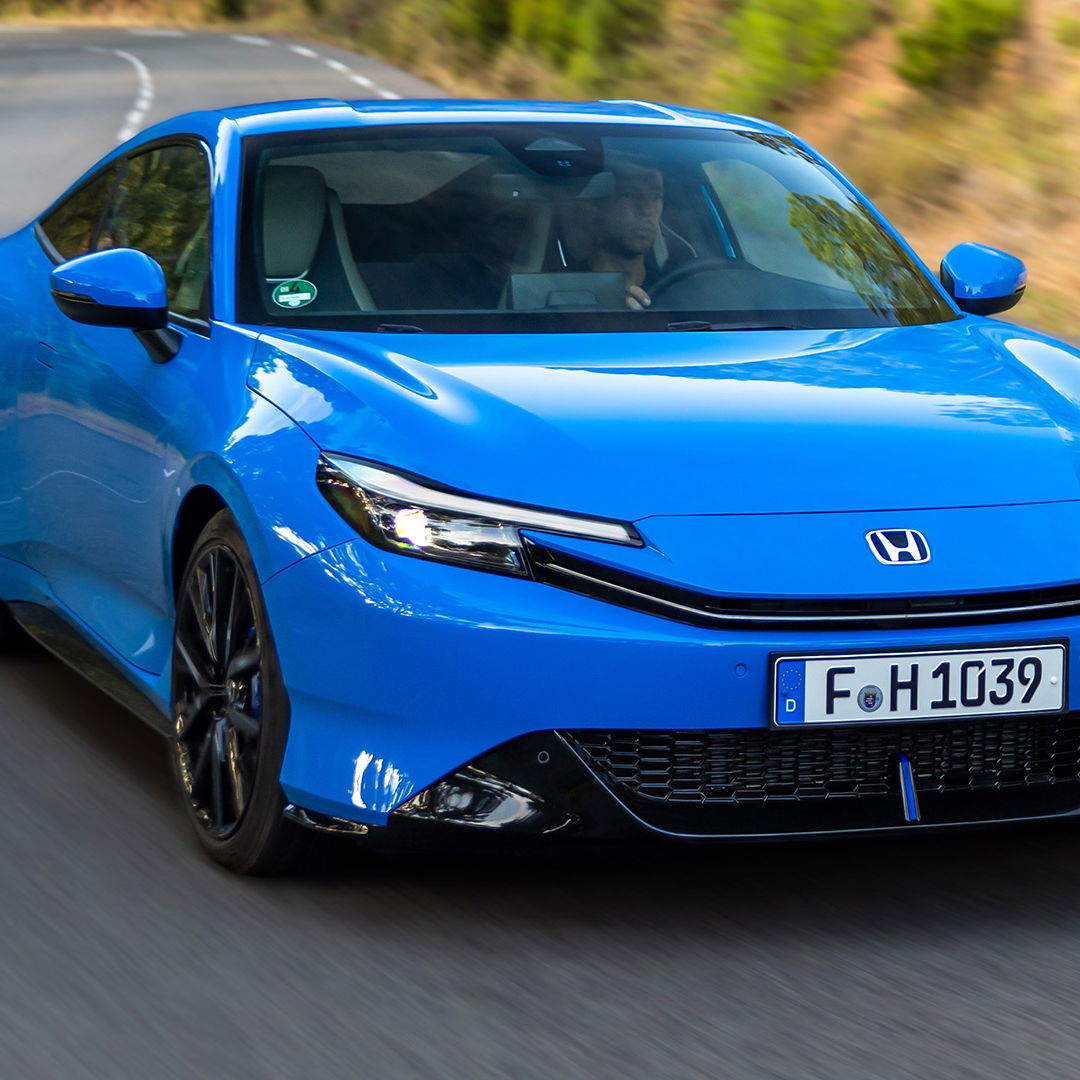
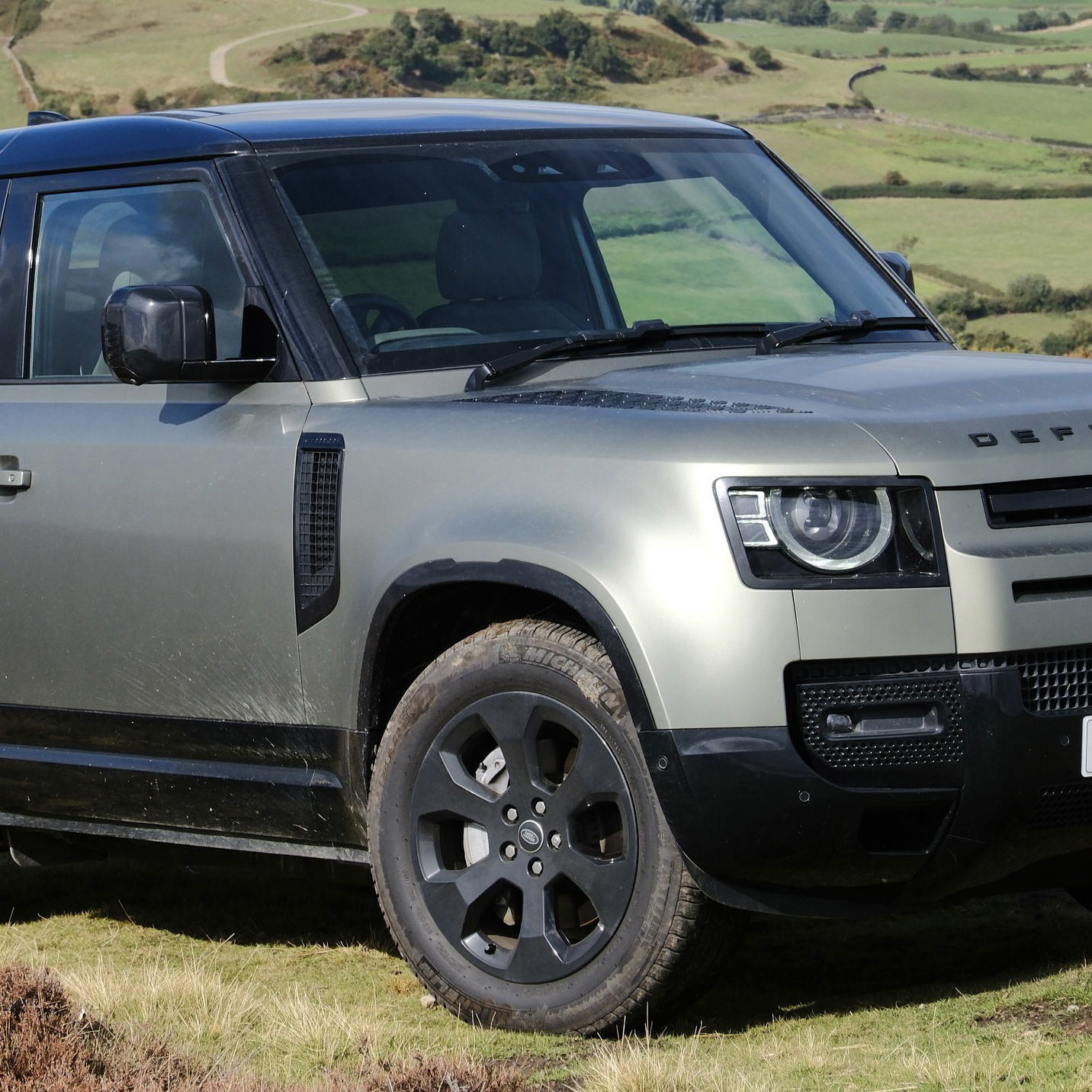

Comments
Zastava Fiat Lada, Zastava tried to make it sporty and cool, Fiat made it, Lada made it popular and iconic